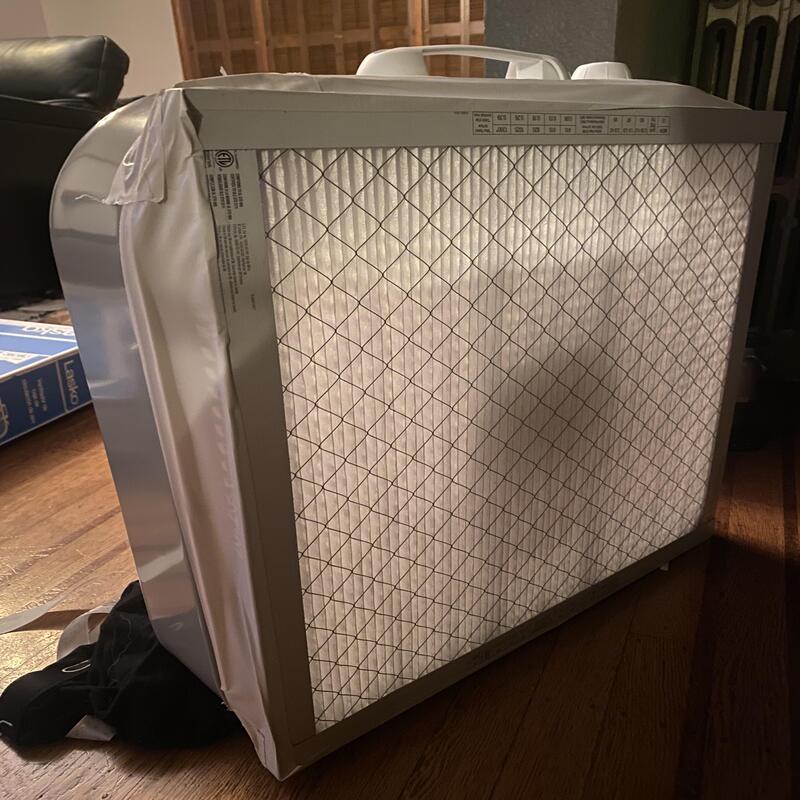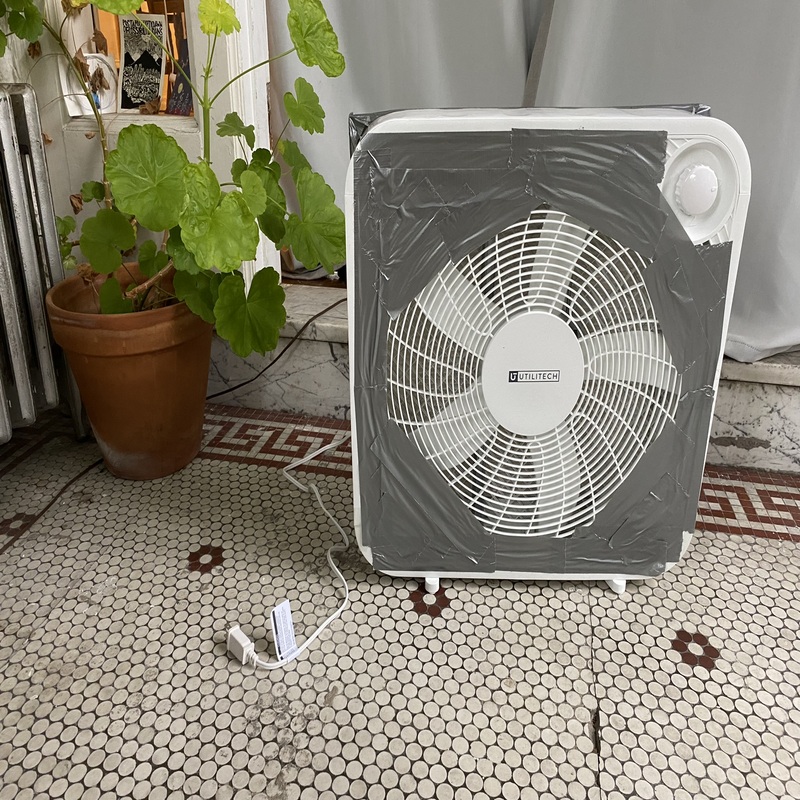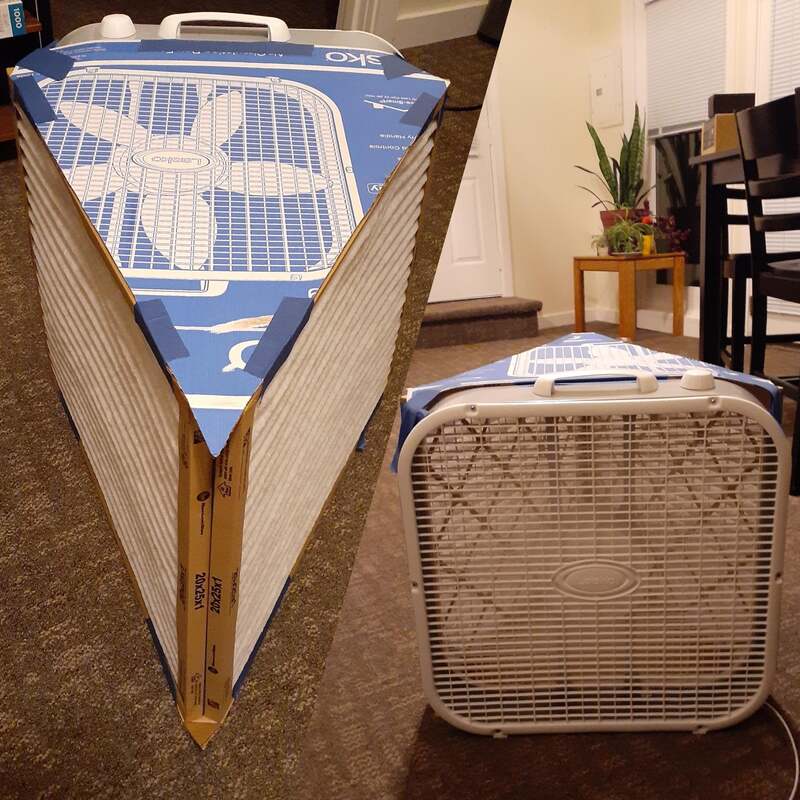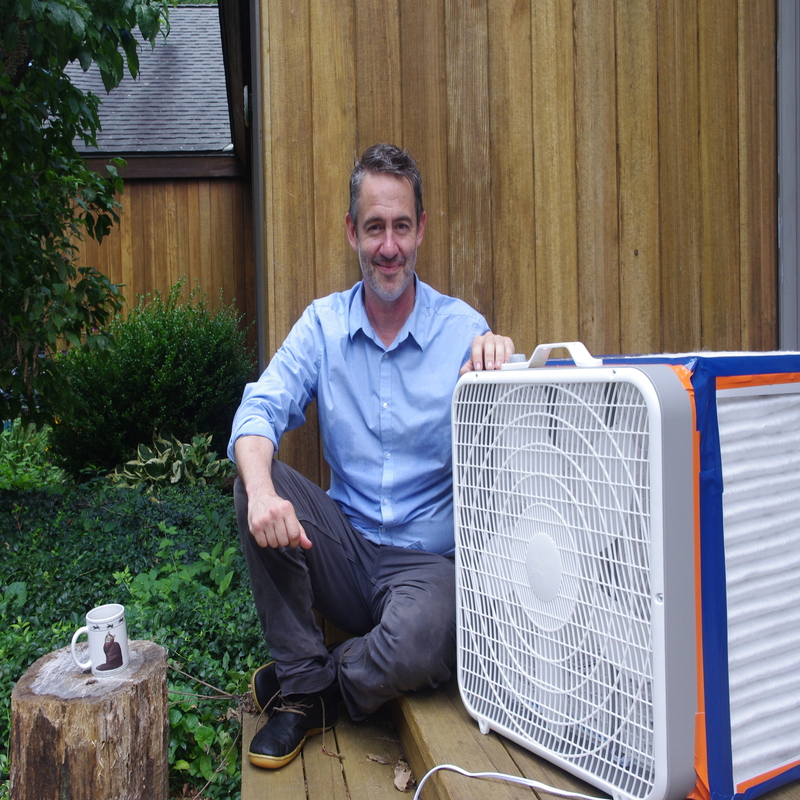Indoor air quality is vital for health. Poor air quality can lead to allergies, respiratory issues, and even long-term health problems. Thus, purchasing a commercial air purifier may not always be feasible. Luckily, you can create an effective home made air purifier using simple materials. This guide will help you navigate the process of building one.
Understanding Air Quality and Purification
The Importance of Clean Air
Air quality significantly impacts our daily lives. Pollutants, allergens, and irritants can accumulate indoors, worsening living conditions. Studies indicate that indoor air can be more polluted than outdoor air. Therefore, taking measures to improve air quality is essential for health and well-being. Clean air promotes better concentration and reduces the risk of illness. Hence, it’s worthwhile to invest time in understanding and improving air quality.
Common Indoor Pollutants
Various pollutants can compromise indoor air quality. Dust, pet dander, mold spores, and volatile organic compounds (VOCs) are common offenders. These substances often circulate in the air, triggering allergies or asthma. Additionally, household cleaning products and personal care items can emit harmful chemicals. Understanding these pollutants helps inform our design for an effective air purifier. By identifying contributors to poor air quality, strategies can be devised to minimize their effects.

Materials Needed for Your Homemade Air Purifier
Basic Components
Creating a homemade air purifier involves simple materials readily found at home or in stores. You’ll need a box fan as the primary circulating unit. This fan will help keep the air moving and allow the purifying medium to filter it effectively. Additionally, you’ll need a HEPA filter, which is essential for trapping small particles. Most commercially available HEPA filters can be purchased easily online or in local stores.
Next, duct tape is required to secure the filter to the fan. This tape ensures that air passes through the filter before reaching your living space. Finally, consider adding activated charcoal to absorb odors, pollutants, and harmful chemicals from the air. This ingredient enhances your purifier’s efficiency and improves indoor air quality. Every component plays a crucial role in the overall functionality of your homemade air purifier.
Optional Enhancements
While basic components are enough, you can consider optional enhancements. First, some individuals opt for an air quality monitor to assess air quality levels. These devices can measure pollutants and help you gauge the purifier’s performance. Knowing air quality levels can help determine when to change filters or adjust settings.
Another enhancement could be the inclusion of aromatherapy oils. Adding essential oils can create a pleasant atmosphere, while still prioritizing air purification. However, ensure that oils do not interfere with filter performance. Additionally, consider placing your air purifier in strategic locations. Putting the purifier in rooms where you spend the most time can improve its effectiveness.

Step-By-Step Guide to Building Your Air Purifier
Preparing the Materials
Creating your homemade air purifier begins with gathering materials. Start by collecting a box fan, ideally 20 inches in size, which offers ample airflow. Next, find a HEPA filter that fits snugly over the fan’s intake side. The HEPA filter prevents the passage of allergens and pollutants. If you cannot find a HEPA filter, look for a MERV-rated filter instead, although it may be less effective.
Once you have your fan and filter, gather your duct tape to secure them together. Choose a well-ventilated workspace for this project. Finding a sturdy table or flat surface will help ensure safety and efficiency. Clear the area of clutter to minimize distractions, enabling you to focus on the task at hand.
Before starting, read any label instructions that come with the materials. This step helps you understand how to assemble the unit properly. Once you’ve reviewed the instructions and have everything ready, you are prepared to move to the next phase.
Assembling Your Air Purifier
To start assembling the air purifier, place the HEPA filter against the intake side of the box fan. Make sure the filter’s arrows are pointing toward the fan. This orientation allows the fan to draw in air through the filter. Once you align the filter properly, use duct tape to secure it firmly. Ensuring a tight seal is crucial, as small gaps can allow unfiltered air to enter.
Next, check if the filter fits securely within the fan’s frame. If it’s loose, readjust it or use additional tape. After securing the filter, inspect your work for any imperfections. Now, plug in the box fan to ensure it operates correctly. If the fan runs smoothly without unusual noises, you are on the right track.
After checking the fan, it’s time to add optional enhancements like activated charcoal. Placing the charcoal in a breathable mesh bag near the fan can help absorb odors effectively. This step will create an even more powerful air purification system. Once everything looks ideal, your homemade air purifier is ready for use.
Operating and Maintaining Your Air Purifier
Proper Usage of the Air Purifier
Using your homemade air purifier effectively strengthens its impact on air quality. Start by placing the purifier in a central location within your home. Ideally, avoid corners or enclosed spaces that limit airflow. Positioning the purifier to face the prevalent airflow direction can maximize its efficiency.
Additionally, running the purifier during peak pollutant times can improve air quality. For instance, using it during cooking or cleaning can trap significant airborne particles. Keep the fan running continuously for optimal results; continuous circulation ensures particles do not settle back into the air. Setting a routine for usage can encourage consistency, which is beneficial.
Furthermore, consider the size of the room when operating the purifier. Larger rooms may require a more potent fan speed or additional units for effective purification. Keep doors and windows closed while using the purifier whenever possible; doing so prevents outside pollutants from entering. Lastly, make air purification a daily habit, and your indoor air quality will improve over time.
Regular Maintenance
Maintaining your homemade air purifier is crucial for long-term effectiveness. First, schedule regular checks for the HEPA filter. Depending on usage, you may need to replace the filter every three to six months. If you live in a dusty area, filtering may need to occur even more frequently. Additionally, note any visible dirt or discoloration, as these serve as indicators that the filter needs replacement.
Cleaning the exterior of the fan and surrounding area is equally important. Dust can accumulate on the fan blades and grill, reducing efficiency. Use a damp cloth to wipe down these areas regularly. Avoid using harsh chemicals to clean your fan, as these can potentially harm its operation. Instead, opt for mild detergents, if necessary, and ensure the fan is thoroughly dry before plugging it back in.
Finally, monitoring the air quality with an air quality monitor will help inform you about your purifier’s performance. This device can give valuable insights and notify you when deterioration occurs. By following these maintenance steps diligently, your homemade purifier will serve your home well for years.

Troubleshooting and Optimizing Your Air Purifier
Identifying Common Issues
While homemade air purifiers are generally reliable, occasional issues may arise. One common challenge is insufficient airflow. Should you notice the fan not circulating air effectively, first check power connections. Ensure the unit is plugged in and that there are no loose wires. Secondly, inspect the filter for dirt or blockage; a clogged filter restricts airflow.
If the air quality seems poor despite operational functionality, consider the location of your purifier. Moving it to a more central or open area may solve the issue. Heavy furniture or room layout can impede airflow, reducing effectiveness. Always assess whether the fan is operating at maximum speed; settings can often be adjusted for higher performance.
Another concern involves noise levels. If the fan produces an unusual sound, it could be signifying a mechanical issue. Investigate the source of the noise carefully, as it may require repair or replacement. By addressing these issues quickly, you can maintain peak performance and optimal air quality within your home.
Optimizing Performance
Optimizing your homemade air purifier enhances efficiency and effectiveness. First, consider using multiple units if you have a large home. Positioning more than one purifier increases airflow throughout various rooms. This strategy enhances circulation and ensures each area receives clean, filtered air effectively.
Using your air purifier in tandem with other air quality improvements is also beneficial. Regularly vents and open windows allow fresh air to enter your space. However, be cautious about outdoor pollution levels. Additionally, incorporating houseplants can aid in air quality improvement. Certain plants are known for helping purify indoor air naturally.
Another optimization technique involves monitoring user behavior. Ensure family members turn off air-cleaning devices when not needed or adjust settings based on activity levels. Encouraging consistent use will sustain overall air quality. Always be open to making small adjustments for better results. Everyone in your household will benefit from the improved air quality generated by a well-functioning air purifier.
Conclusion: The Value of a Homemade Air Purifier
Investing time and effort into building a homemade air purifier pays significant long-term benefits. Not only is it cost-effective, but it also allows you to control the materials used in your home environment. By equipping yourself with knowledge about air quality improvement, you contribute to a healthier living space.
Equally important is understanding how indoor air quality affects overall wellness. Your efforts in creating and maintaining a home purifier can lead to a better quality of life. Improved air quality promotes better health and enhances mental and emotional well-being. Thus, creating your air purification system is not only a practical solution but also a step toward a healthier lifestyle.
In conclusion, understand every aspect of air quality management in your home. From choosing the right materials to maintaining your purifier, each step contributes to better health. Implementing your homemade air purifier involves simple yet effective steps. By following this guide, you can take control of your indoor air quality and ensure a safe, healthy living environment for yourself and your family.

